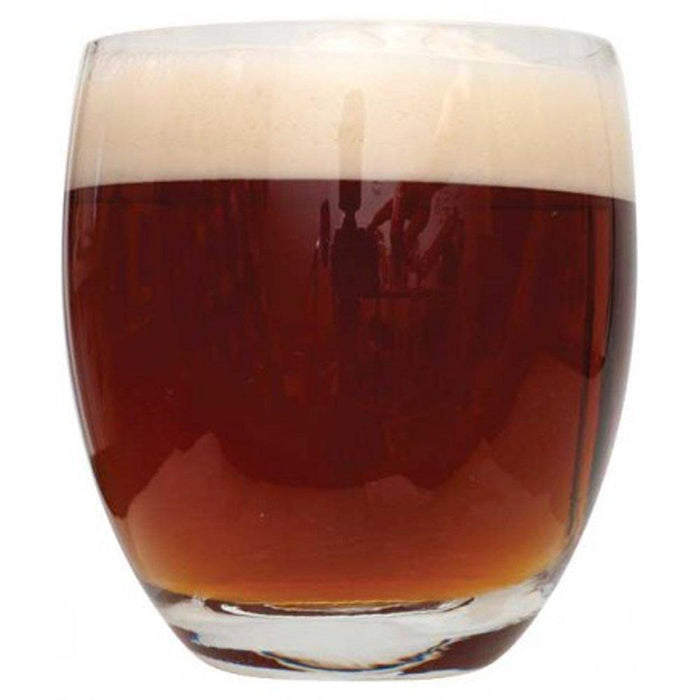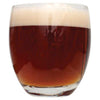I just brewed this a few weeks ago and moved to the secondary fermentation this week, but I still have some thoughts. First, pay attention to the amount of yeast you will need! This has an advertised OG of 1.083 (I got 1.086), and that required 4 packs (2x 2-packs) of Wyeast 1728 Scottish Ale yeast. I read many reviews that said this brew was too sweet-- and I firmly believe it's because those individuals didn't pitch enough yeast. There are calculations for this! (1M yeast cells/mL/°Plato, so for 5 gallons 1,000,000 cells x 19,000 mL x 20.75° Plato (or 21.5° Plato for my OG) = 394,000,000,000 (394 billion, or 408 billion for my OG) yeast cells needed to be pitched for ideal pitch rate!)
Next, you cannot brew this on a stove even as a partial volume boil (which the directions assume you are doing). You need a gas-powered burner. The starting volume is 2.5 gallons (I started about 2.75 gallons) and you add 12 lbs of liquid malt extract. By the time I was done, my 5 gallon brew kettle was only about 3 inches from full and there is no way that volume could have been adequately heated to a good boil on my stove (and I have a very good, very new electric stove that can theoretically handle large pots/volumes).
For fermentation, you will definitely need a blow-off tube. A regular bubbler airlock will get blown out and not work because the fermentation will be very vigorous for at least a week! Even after 2 weeks I was getting 6 to 8 bubbles per minute, and it wasn't until almost 3 weeks that it slowed to 3 or so bubbles a minute and I could transfer to a secondary fermenter.
Also, note that the fermentation temperature is best between 55°-70° F, and you'll be happier if you can stay at the lower end if you want the more traditional tastes of a Scottish ale.
When I have about 2 weeks left in the secondary fermentation, I plan to add 3 oz mild-toast French oak cubes soaked in 16 ounces of bourbon for 2 to 3 weeks, and at bottling I will be using 2.0 grams of LalBrew CBC-1 Cask and Bottle Conditioning Ale Dry Yeast and 1 can of Fast Prime to ensure that I get carbonation after such a long secondary fermentation and the bourbon addition. The yeast will be really stressed and this tiny bit should help. To help get it activated, I'll soak the yeast in the Fast Prime for 2 to 3 hours before adding to the bottling bucket.
Last, be patient with the aging! Many people state that this beer gets better with aging, including bottle aging. Even beers bottled 3 or 4 years prior are good-- or even better! Just be sure you have a cool place to store them after bottle conditioning.
I look forward to trying this beer in a few months!







